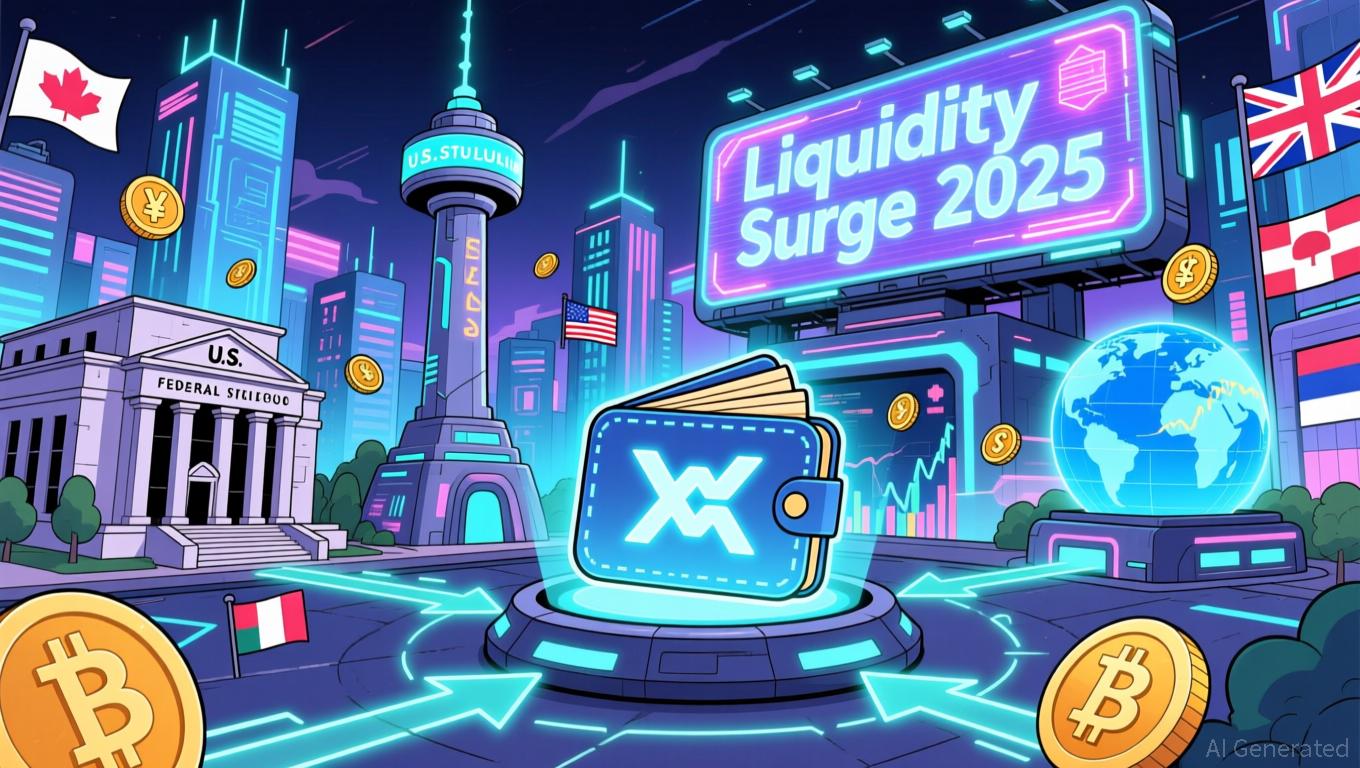The PLG Dilemma: Why Sales Remains the Overlooked Key to Revenue
- Product-led growth (PLG) prioritizes product adoption but risks undervaluing structured sales strategies, creating a blind spot for non-technical leaders. - Non-technical operators must act as "Translator-in-Chiefs," aligning technical innovation with market demand through three pillars: product architecture understanding, systematized sales forecasting, and CFO-focused financial metrics. - By institutionalizing sales as a revenue blueprint rather than a cost center, PLG startups can transform innovation
The emergence of product-led growth (PLG) has transformed the startup landscape, putting engineering and product teams at the center of driving innovation. However, as
The PLG Paradox: Rethinking Sales as a Strategic Function
The PLG approach, which places product usage at the heart of growth, has caused many startups to overlook the value of structured sales processes. While technical founders concentrate on building scalable products,
A major obstacle is the "language gap" between technical and business teams. Engineers communicate in terms of APIs and microservices, while finance professionals focus on metrics like ROI and payback time. Non-technical leaders must serve as chief translators, converting technical progress into measurable financial benefits.
Three Foundations for Building Revenue Systems
Olusanya identifies three essential pillars for non-technical leaders to create enduring revenue frameworks:
1.
Non-technical executives need a thorough grasp of their product’s structure—not to develop it, but to position it strategically. By pinpointing the "narrow wedge" where their product excels, they can align product momentum with revenue objectives. For instance, when engineering teams launch new integrations,
2.

3.
To appeal to CFOs, proposals should emphasize risk, expense, and returns. Olusanya suggests centering each deal on three key metrics: the cost of doing nothing, potential revenue increase, and net dollar retention (NDR).
From Salesperson to Strategic Ally
The responsibilities of non-technical leaders in PLG startups are shifting from being mere sellers to becoming strategic partners. By positioning themselves at the crossroads of product, sales, and finance, these leaders help ensure that innovation translates into scalable business outcomes rather than remaining a costly experiment. As
For startups operating in the PLG space, the key question is no longer whether to focus on sales, but how to design it for maximum effectiveness.
Disclaimer: The content of this article solely reflects the author's opinion and does not represent the platform in any capacity. This article is not intended to serve as a reference for making investment decisions.
You may also like
Bitcoin News Update: Clearer Regulations and Economic Stimulus Fuel a Surge in Crypto Liquidity, Connecting International Markets
- Post-shutdown liquidity surge expected from stimulus and regulatory clarity, with crypto markets seeing capital inflows in Bitcoin , Ethereum , and XRP . - Raoul Pal and Pumpius predict massive liquidity from Trump's $2,000 stimulus checks and Fed easing, while CLARITY Act aims to resolve SEC-CFTC jurisdiction disputes. - Stablecoins like USDC ($75B market cap) gain mainstream traction as Genius Act recognizes their transformative potential, though EU regulators push for centralized oversight. - Challeng

Bitcoin Updates: Bitcoin Stands Strong Amid Corporate Hedging and Rising Geopolitical Strains
- Bitcoin remains above $100,000 as MicroStrategy's $50M BTC purchase boosts institutional demand, offsetting whale selling. - Geopolitical tensions escalate with China-US Bitcoin theft accusations, while S&P downgrades MicroStrategy over $4B debt risks. - Retail crypto sentiment fluctuates: Shiba Inu rebounds but lacks utility, Ethereum ETF outflows signal bearish trends. - MicroStrategy's preferred stock issuance highlights corporate balancing acts between Bitcoin accumulation and governance. - Regulator
Tether Takes on Banks by Expanding $1.5B Stablecoin-Backed Commodity Loans
- Tether accelerates commodity trade finance expansion with $1.5B in USDT/dollar loans to oil, wheat, and cotton traders. - The move leverages $200B+ reserves and stablecoin efficiency to challenge traditional banks in emerging markets. - Tether aims to scale lending to $3-5B by 2026, targeting liquidity gaps left by banks exiting risky commodity markets. - Gold-backed operations and HSBC hires highlight its hybrid model blending digital assets with traditional commodities.

Now or Never: 5 Altcoins Rising From the Ashes After the Biggest Liquidation Event in Crypto History
